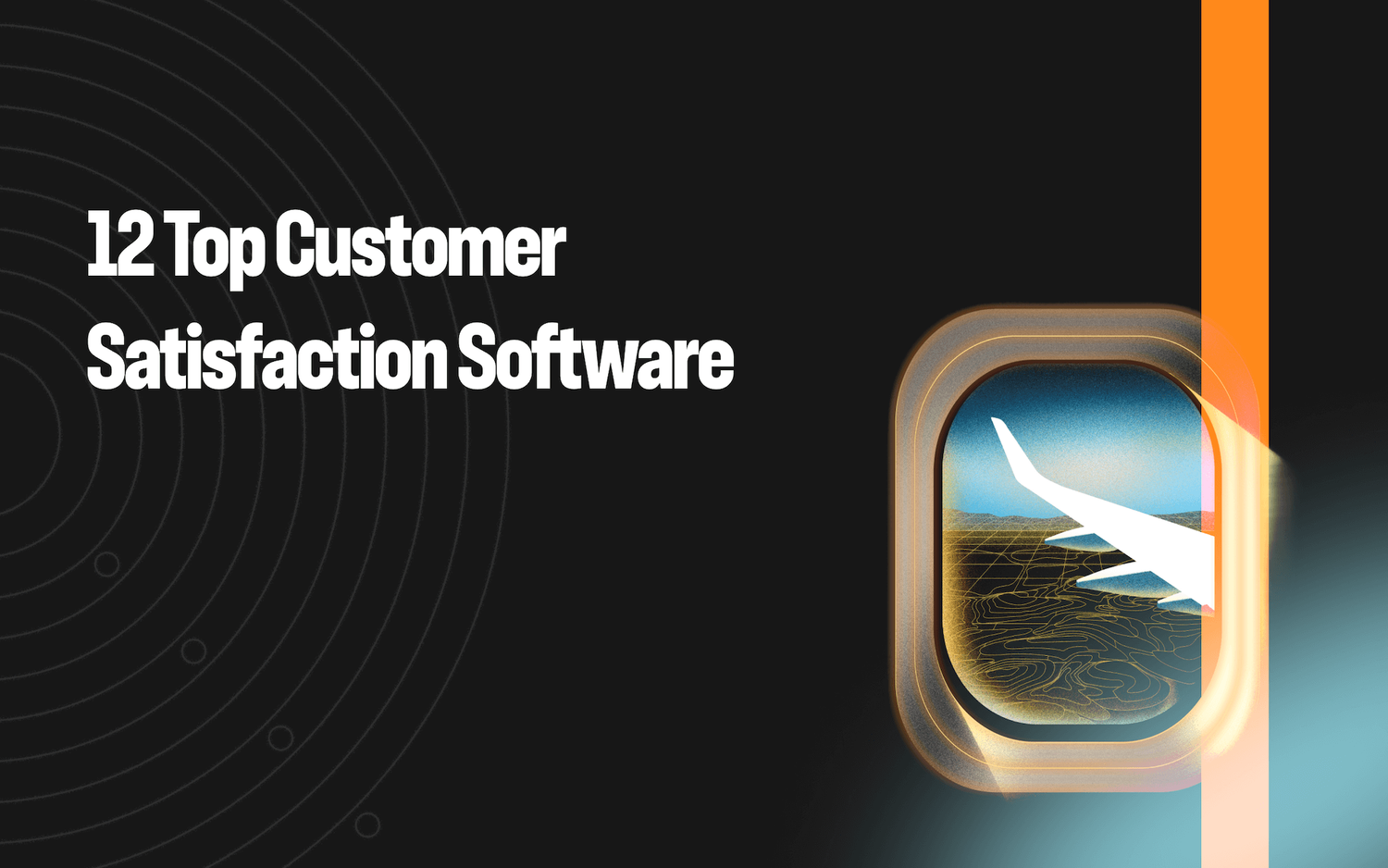Why AI Could Change How Contact Center Staffing Is Calculated


How do you determine how many staff members you need to run an efficient and effective contact center? Today’s modern call centers are now starting to figure staffing the “AI way”, taking into account how artificial intelligence (AI) solutions augment contact center agents.
Let’s first have a look at what factors that were traditionally considered when calculating call center staffing. Then, we can consider how today’s AI tools can affect these for the modern call center.
Factors to Consider When Calculating Call Center Staffing
Step 1: Estimate Call Volume
Determining how many staff members you need for your call center begins with estimating the call volume. To do this, you need to analyze historical data to get an idea of what the average call volume is. This can give you a good baseline for how many calls you’re likely to be receiving daily.
You also need to consider peak times when estimating call volume. You’ll need to account for that in your calculations if there are certain times of day when the call volume is higher. This can help you plan for periods of higher call volume and ensure you have the necessary staff.
You also need to estimate the talk time for future calls. This can help you plan for periods of higher call volume and ensure you have the necessary staff. With predictive analytics, you can better understand the call volume and how it will fluctuate over time. This can help you plan and ensure you have the correct number of staff members to handle the call volume at any given time.
Step 2: Estimate Average Handle Time (AHT)
Once you’ve estimated the call volume, the next step is to estimate the average handle time (AHT). This is the amount of time it takes for an agent to handle a call. To estimate the AHT, you need to analyze historical data to understand the average talk time. This can give you a good baseline for how long it takes to handle each call.
In order to calculate AHT for a phone channel, you would first make note of the sum of total talk time, hold time, and follow-up time. (Follow-up time may be needed in certain cases in order to follow up with the customer in order to resolve the issue if it was not already able to be remedied.) Once you have that number, you would divide it by the total number of calls. For chat interactions, you would add up the total amount of chat and follow-up, and then divide by your total number of chats.
Step 3: Average Calls Per Hour and Related Staffing Levels
Once you’ve estimated the call volume and the average handle time, the next step is calculating the staffing requirements. Staffing levels will of course depend on the average handle time, the number of calls that need to be handled at any given time, and the number of shifts that need to be staffed.
Many businesses have used the Erlang C Formula to calculate call center staff requirements, a formula that allows for traffic modeling and takes into account delays and waiting times, which considers the volume of calls, the length of each call on average, and the number of calls that must be handled concurrently. After that, it determines how many agents are necessary to handle the call volume.
Erlang C can also be useful in calculating the maximum amount of time a caller should be on hold before they are connected to an agent. This is important because it ensures that callers aren’t waiting too long before they get help.
How AI Augmentation Solutions Affect Call Center Staffing
Artificial intelligence tools, such as those offered by Level AI, augment contact center staff and have the ability to affect most of the factors previously discussed above in this article. Let’s look at some examples of why this is true.
As for average handle time (AHT), the ability to handle calls should greatly improve when an AI solution is rapidly and accurately routing the best answers to customer concerns to your agents. Prior to using AI tools, agents would have had to take time to search for answers, while keeping the customer waiting. A long process is frustrating for the customer and the agent, but AI is able to remedy that, and quickly.
The need for long hold times and multiple transfers will also be significantly reduced by artificial intelligence tools. As AI tools deliver fast answers to agents to solve problems, there is less of a need to keep the customer on hold. AI solutions that augment contact center agents are able to more easily empower those agents to reach call resolution themselves, rather than needing to transfer issues to another teammate in order to achieve resolution for the customer.
Another benefit to adding AI solutions to the contact center is the reduced need for knowledge-management training efforts. Traditionally, agents would spend many hours training in order to become knowledgeable and familiar with business-specific answers. Those training hours are hours not able to be spent answering customer calls. AI tools, such as the newly launched AgentGPT are already trained on knowledge sets, and also can continuously learn and improve based on agent feedback.
nLearn more about today’s AI solutions for the contact center by visiting Level AI and schedule a demo today. http://thelevel.ai
Keep reading
View all





